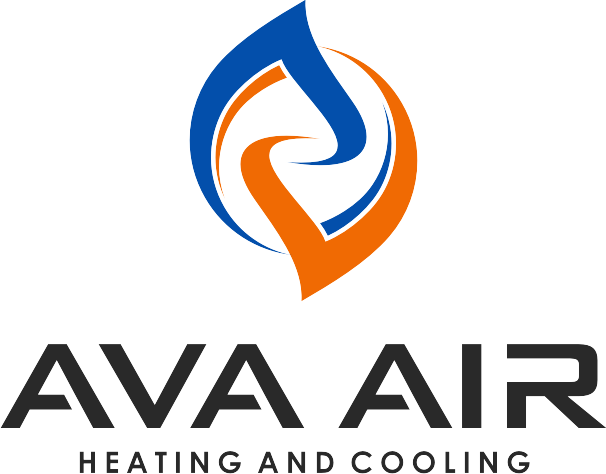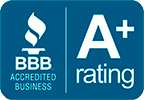
Understanding SEER Ratings: What They Mean for Your HVAC System and Energy Bills
Ask us about our service plans!
Expert Advice on SEER Ratings
As homeowners become more conscious about energy efficiency and the environmental impact of their household appliances, understanding SEER ratings has become increasingly important. SEER, or Seasonal Energy Efficiency Ratio, is a critical factor when choosing an HVAC system. This blog post will explore what SEER ratings are, how they affect energy efficiency, and what homeowners should consider when selecting an HVAC system.



Understanding Your HVAC System
Your HVAC system is the heart of your home’s comfort, regulating temperature, airflow, and overall air quality. Comprising key components like the furnace, air conditioner, and ductwork, this system works in concert to maintain an ideal living environment, regardless of the season.
What is SEER?
SEER stands for Seasonal Energy Efficiency Ratio. It measures the cooling efficiency of air conditioners and heat pumps over a typical cooling season. The SEER rating is calculated by dividing the cooling output (measured in British Thermal Units or BTUs) by the total electric energy input (measured in watt-hours) during the same period. Essentially, the higher the SEER rating, the more efficient the air conditioner or heat pump is at converting electricity into cooling power.
Why SEER Ratings Matter
Energy Efficiency
One of the primary reasons SEER ratings are important is their direct impact on energy efficiency. Higher SEER ratings indicate better efficiency, meaning the system can provide the same cooling output using less energy. This translates to lower electricity consumption and reduced utility bills. For instance, upgrading from a system with a SEER rating of 10 to one with a SEER rating of 16 can result in significant energy savings, potentially cutting cooling costs by 30% to 50%.
Environmental Impact
Energy-efficient HVAC systems contribute to reducing the overall demand for electricity. This not only lowers utility bills but also reduces the environmental impact. Using less energy decreases greenhouse gas emissions and reliance on fossil fuels, making higher SEER-rated systems a more environmentally friendly choice.
Comfort and Performance
Higher SEER-rated systems often come with advanced features that enhance comfort and performance. These systems can better regulate indoor temperatures, provide improved humidity control, and operate more quietly compared to lower SEER-rated models. As a result, homeowners can enjoy a more comfortable living environment.
How SEER Ratings Affect Energy Bills
The relationship between SEER ratings and energy bills is straightforward: higher SEER ratings generally lead to lower energy bills. Here’s how:
- Reduced Energy Consumption: As mentioned, higher SEER ratings mean better efficiency. An air conditioner with a higher SEER rating uses less electricity to provide the same amount of cooling, leading to lower monthly energy consumption.
- Lower Operational Costs: With reduced energy consumption comes lower operational costs. Although higher SEER-rated units may have a higher upfront cost, the savings on energy bills over time can offset this initial investment.
- Increased Longevity: Efficient systems tend to experience less wear and tear, as they do not have to work as hard to achieve the desired cooling levels. This can result in fewer repairs and a longer lifespan, further reducing costs in the long run.
Factors to Consider When Choosing an HVAC System
When selecting an HVAC system, homeowners should consider several factors beyond just the SEER rating. Here are some key points to keep in mind:
Climate
The climate in which you live plays a significant role in determining the appropriate SEER rating for your HVAC system. In regions with hot summers and mild winters, investing in a high SEER-rated system can provide substantial energy savings. Conversely, in areas with milder climates, a moderately rated SEER system may be sufficient.
Initial Cost vs. Long-Term Savings
While higher SEER-rated systems tend to have higher initial costs, they offer greater long-term savings through reduced energy bills. Homeowners should evaluate their budget and calculate the potential savings over the lifespan of the system to determine the best option.
System Size and Capacity
Choosing the right size and capacity for your HVAC system is crucial for efficiency and performance. An oversized or undersized unit can lead to issues such as uneven cooling, increased wear and tear, and higher energy consumption. Consulting with a professional HVAC technician can help ensure you select the appropriately sized system for your home.
Advanced Features
Modern HVAC systems come with various advanced features that can enhance efficiency and comfort. Look for features such as variable-speed compressors, programmable thermostats, and humidity control. These features can further improve the performance of your system and contribute to energy savings.
Rebates and Incentives
Many utility companies and government programs offer rebates and incentives for installing energy-efficient HVAC systems. These incentives can help offset the higher initial cost of high SEER-rated units, making them more affordable. Be sure to research available rebates and incentives in your area when considering your options.
The Importance of SEER Ratings
Understanding SEER ratings is essential for making informed decisions about your HVAC system. Higher SEER ratings indicate better efficiency, leading to lower energy bills, reduced environmental impact, and improved comfort and performance. When choosing an HVAC system, consider factors such as climate, initial cost vs. long-term savings, system size and capacity, advanced features, and available rebates and incentives.
By selecting a high SEER-rated system that meets your specific needs, you can enjoy a more comfortable living environment, save money on energy bills, and contribute to a greener planet. Remember to consult with a professional HVAC technician to ensure you choose the best system for your home and make the most of the benefits that high SEER ratings offer.

